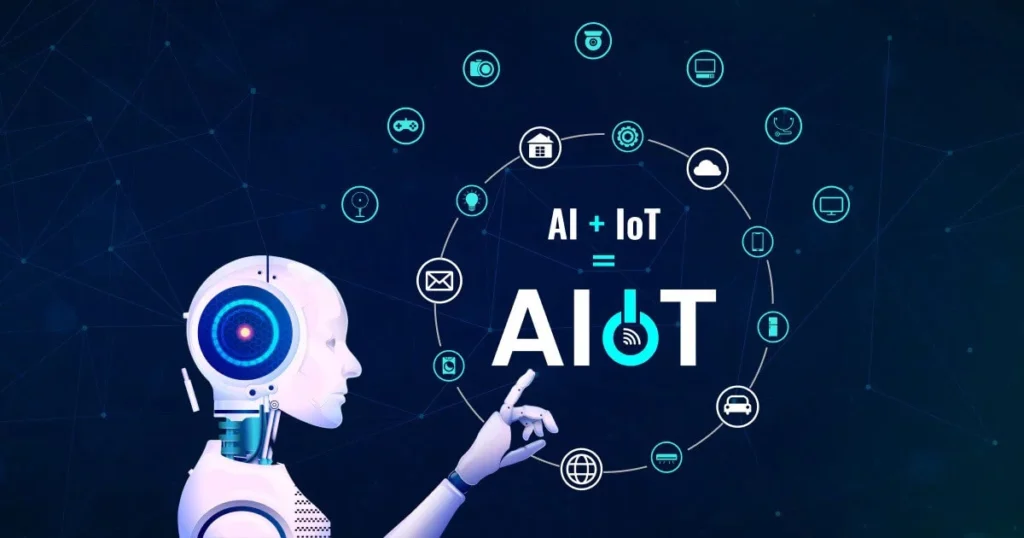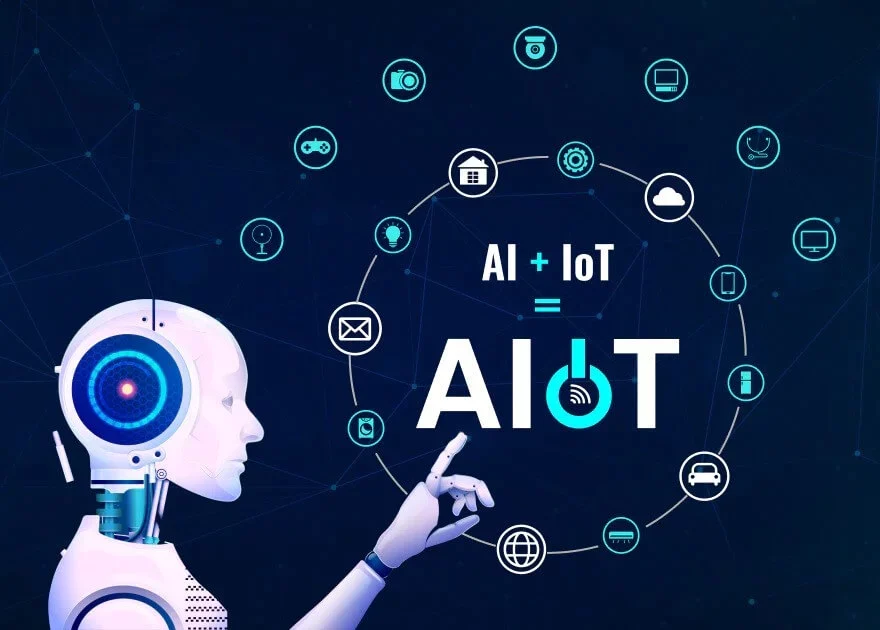The Rise of Smart Factories Through AI and IoT
The integration of artificial intelligence (AI) and internet of things (IoT) technologies, collectively known as AIoT, is revolutionizing manufacturing and logistics operations. From predictive maintenance and quality control to supply chain optimization and autonomous vehicles, the combination of AI and IoT is enabling the rise of “smart factories” that drive significant efficiencies and data-driven decision making. In this blog post, we’ll explore some of the key ways AIoT is transforming these industries.

Content
Predictive Quality Control
IoT sensors installed throughout the production process collect vast amounts of real-time data on factors like machine operations, product quality, energy usage and more. AI algorithms analyze these sensor readings for anomalies or inefficiencies. They can detect subtle quality issues on a production line before defects occur. This predictive quality control allows manufacturers to take preemptive action and avoid costly product recalls. Companies like Intel leverage AIoT solutions from Anthropic to ensure consistent product quality at their manufacturing plants.
Autonomous Vehicles in Warehousing
IoT-connected autonomous mobile robots (AMRs) powered by AI are revolutionizing material handling and logistics workflows in warehouses and distribution centers. AMRs use computer vision, lidar sensors and AI to navigate unstructured indoor environments without human guidance. Retailers like Walmart are deploying fleets of autonomous forklifts and carts from companies like Locus Robotics and Fetch Robotics to dramatically boost warehouse productivity and worker safety. Sites like bestpromptaihub.com offer helpful prompts for implementing AIoT solutions.
Predictive Maintenance
IoT sensors on industrial machines continuously transmit operating data like vibration levels, temperatures, pressures and more to the cloud. AI algorithms analyze these time-series datasets to detect early signs of potential breakdowns or component failures. By predicting maintenance needs before failures occur, downtime is reduced and repair costs minimized. General Electric uses AIoT-powered predictive maintenance to maximize uptime for power utilities and wind turbine fleets worldwide.
Supply Chain Optimization
IoT devices track the location, condition and progress of products, materials and assets throughout global supply networks in real-time. AI then uses this visibility to optimize operations like demand forecasting, inventory levels, transportation routing and more. For example, automakers like Ford use AIoT to better coordinate just-in-time manufacturing across their vast supplier networks. This improves overall supply chain efficiency, customer fulfillment and working capital.
Digital Twins and Simulation
AI and IoT come together to create digital replicas or “digital twins” of physical manufacturing and logistics systems. Sensors provide real-time syncing so the digital twins mirror the state and behavior of the physical counterparts. AI then uses these digital twins to simulate “what if” scenarios for improvements. Companies test new production line configurations, facility layouts, and transportation routes virtually before implementing changes in the real world.
In summary, the fusion of AI and IoT is ushering in a new era of smart, data-driven and autonomous manufacturing and logistics operations. From predictive quality control to supply chain optimization, AIoT solutions are helping industrial firms maximize efficiency, minimize downtime, and gain competitive advantages through actionable insights. As these technologies continue advancing, their full transformational impact on these vital industries has only begun to be realized.
FAQs
What are some challenges to wider adoption of AIoT in manufacturing and logistics?
Key challenges include upfront investment costs, integrating legacy systems, data security concerns, lack of IoT/AI skills among workers, and ensuring ROI from these technologies which often have long-term benefits. Standards also need further development for interoperability between different vendors’ solutions.
How will AIoT continue evolving in the coming years to further enhance these industries?
Areas of continued evolution include more advanced predictive analytics, expanded use of computer vision, further automation through robotics, edge and fog computing to support low-latency applications, integration of 5G wireless, and increased focus on sustainability through technologies like digital twin simulation of green initiatives.

Jerald is a blogger with a passion for technology who has been writing about the latest in the world of gadgets and gizmos. They are an avid reader of Science-Fiction novels and love to spend time with their wife and kids.

